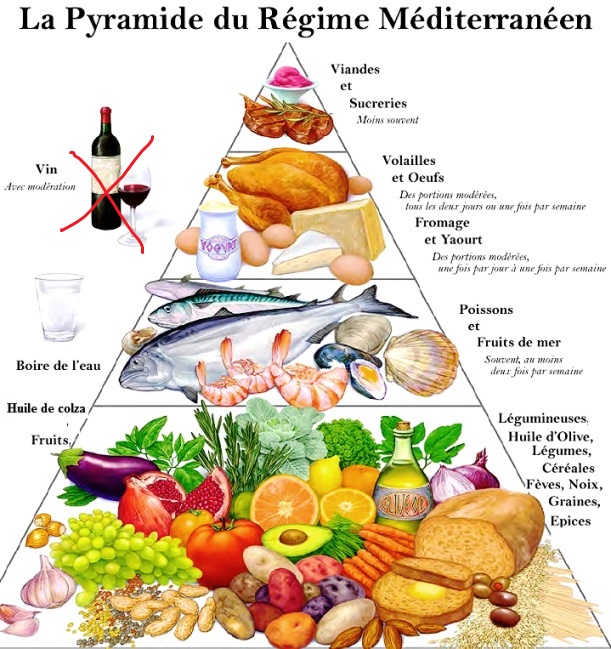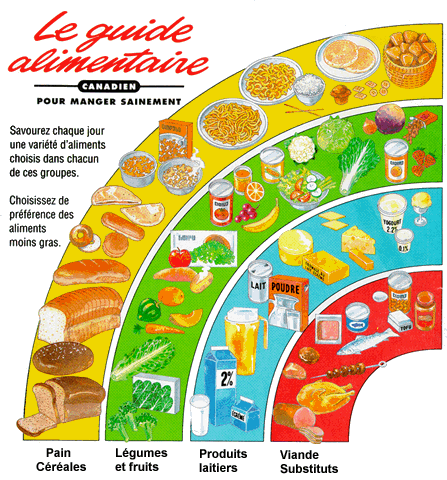 Remember the health teacher at school or your parents, continue in what seemed like hours on the food pyramid and a balanced diet? Good, because I’m about to tell you they were half raison.Du fitness and a balanced diet is important for your health .but there is a bit more .. A diet that’s healthy and balanced eating just “ideal” to use certain food groups and calorie counting. Here I would like to give you an overview of the balanced nutrition, without going into teacher or parent mode.
Remember the health teacher at school or your parents, continue in what seemed like hours on the food pyramid and a balanced diet? Good, because I’m about to tell you they were half raison.Du fitness and a balanced diet is important for your health .but there is a bit more .. A diet that’s healthy and balanced eating just “ideal” to use certain food groups and calorie counting. Here I would like to give you an overview of the balanced nutrition, without going into teacher or parent mode.
What is a calorie?
Protein
Carbohydrates
greasiness: the good
What is a calorie?
Calorie is a unit of energy obtained from almost everything we eat or drink every day.
When we want to lose weight or increase lean muscle mass, we need to know how many calories we give our body and which foods those calories they come. To help you better understand, and look at the table ci-dessous.Il contains only macros that we need to eat every day, because the micronutrients such as vitamins and minerals have a value near zero calories.
1GM protein = 4 calories
1GM carbohydrate = 4 calories
1GM Fat = 9 calories
Proteins:
Proteins are the prime building blocks for your body. For this reason, they must form a large part of your diet. A person who is moderately active should aim for 25-30% of their daily calories from protein and up to 40% for those involved in heavy physical labor or sports such as bodybuilding.
Try to include protein at every meal, you have all day. This can actually help you eat less and control cravings, because protein foods digest slowly. This helps to make you feel fuller for longer and reduce between meal snacks.
Excellent sources of protein are meat, fish, poultry and dairy products (watch the fat) because we want to lose weight. Also legumes and nuts. Be careful with the amount of nuts you eat well, because as long as they are high in protein, they are also very high in fat and calories.
Carbohydrates:
Carbohydrates are the preferred energy source naturally in our body, especially during exercise or work. They only become a “problem” when our diet was more carbohydrates in our body needs energy every day causing excess carbohydrates to be stored as fat.
Carbohydrates do not provide us energy, they provide us with fiber and other important nutrients to our overall well-being and should be about 40-50% of your quotidiens.Se meals are good sources of carbohydrates: whole grain bread and pasta and brown rice are rich in fiber, fruits and vegetables, which means that you felt you satiated for longer.
A couple of important things to consider here are: try to stay away from processed grains like white bread, pasta and white rice. The treatment they undego deprived of important nutrients and makes higher in sugar than a full portion of the same taille.Quand it comes to fruits and vegetables, try to choose varieties rich in fiber and / or water content such as apples, pears and watermelon and veges like lettuce, cabbage and celery. They are low in calories and high in fiber and help you feel full for a longer period of time without impact too heavily on your calorie budget for the day which facilitates a rapid weight loss.
greasiness:
For years we were told by the gurus we should eat as little fat as possible or completely eliminating in our diet to stay healthy. Now common sense is back as research sheds new light on ancient evil …
In other words, our bodies need fat to function properly. They help lubricate joints, digestion, protecting our skin and other vital functions. A healthy range of fat in our diet is approximately 20-25% of your total daily calorie need.
All fats are different. There are good fats, bad fats and bad fats really, so I’ll give you a brief run down on them so you know what to look for healthy eating.
Good:
Healthy for the heart unsaturated fats which are of two main types. Monounsaturated and polyunsaturated.
Monounsaturated fatty acids have shown to lower total cholesterol, but especially the bad cholesterol (LDL). Good sources of monounsaturated fats include (preferably raw), nut butters nuts like almonds and peanuts butters, olives, avocados, safflower oil and coconut oil.
polyunsaturated fats include omega-3 fatty acids found in cold water fatty fish such as salmon, herring, some varieties of tuna and mackerel (including sardines), pumpkin seeds, sunflower and flax are also rich in omega-3.
conjugated linoleic acids (CLA) are fats found mainly in red meat and dairy products and are also good for you. Research has shown that these fatty acids actually help you lose weight but by inhibiting the absorption and storage of other fats.
Saturated fats such as butter should be included in your diet. The key here is moderation, and you should limit, not eliminate eating saturated fats. For example, coconut oil is extremely healthy and does not complicate spot if you want to lose weight.
